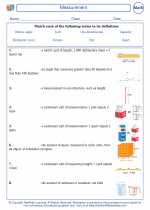Fractions
What is a Fraction?
A fraction represents a part of a whole or a part of a group. It is written in the form of one number (the numerator) over another number (the denominator), separated by a line. The numerator represents the number of parts we have, and the denominator represents the total number of parts that make up the whole or the group. Fractions are commonly used to represent values that are not whole numbers, such as 1/2, 3/4, 5/8, etc.
Types of Fractions
- Proper Fraction: A fraction in which the numerator is less than the denominator, e.g., 1/3, 2/5, etc.
- Improper Fraction: A fraction in which the numerator is greater than or equal to the denominator, e.g., 5/4, 7/3, etc.
- Mixed Number: A whole number combined with a fraction, e.g., 1 1/2, 2 3/4, etc.
Equivalent Fractions
Equivalent fractions are different fractions that represent the same value. They have different numerators and denominators, but when simplified, they are equal. For example, 1/2 and 2/4 are equivalent fractions because they both represent the same amount of a whole.
Adding and Subtracting Fractions
When adding or subtracting fractions, the denominators must be the same. If the denominators are different, you need to find a common denominator before performing the operation. Once the denominators are the same, you can add or subtract the numerators and keep the denominator the same.
Multiplying and Dividing Fractions
When multiplying fractions, you simply multiply the numerators together to get the new numerator and multiply the denominators together to get the new denominator. When dividing fractions, you multiply the first fraction by the reciprocal of the second fraction (flipping the second fraction and then multiplying).
Study Guide
To master fractions, it's important to understand the concept of parts of a whole and the relationship between the numerator and the denominator. Here are some key points to remember and practice:
- Practice identifying the numerator and denominator in different fractions.
- Practice converting between mixed numbers and improper fractions.
- Understand and practice finding equivalent fractions for a given fraction.
- Practice adding, subtracting, multiplying, and dividing fractions with different denominators.
- Master the skill of simplifying fractions to their lowest terms.
Remember, practice makes perfect! The more you practice working with fractions, the more comfortable and confident you'll become in using them in various mathematical operations.
.◂Math Worksheets and Study Guides Fourth Grade. Measurement
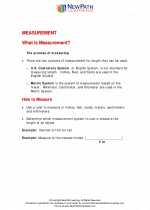
 Activity Lesson
Activity Lesson
 Activity Lesson
Activity Lesson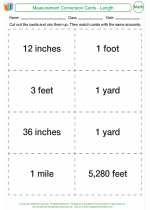
 Activity Lesson
Activity Lesson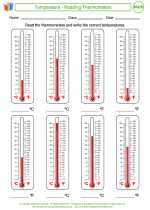
 Worksheet/Answer key
Worksheet/Answer key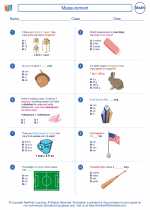
 Worksheet/Answer key
Worksheet/Answer key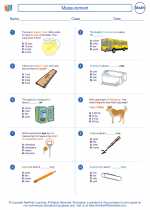
 Worksheet/Answer key
Worksheet/Answer key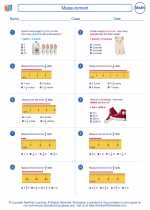
 Worksheet/Answer key
Worksheet/Answer key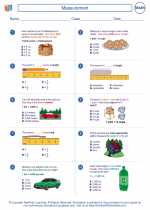
 Worksheet/Answer key
Worksheet/Answer key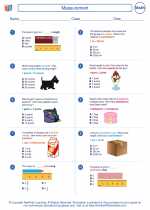
 Worksheet/Answer key
Worksheet/Answer key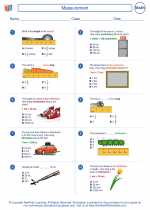
 Worksheet/Answer key
Worksheet/Answer key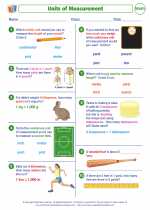
 Worksheet/Answer key
Worksheet/Answer key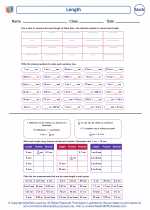
 Worksheet/Answer key
Worksheet/Answer key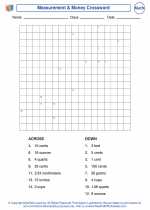
 Worksheet/Answer key
Worksheet/Answer key
 Vocabulary/Answer key
Vocabulary/Answer key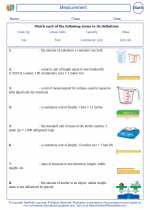
 Vocabulary/Answer key
Vocabulary/Answer key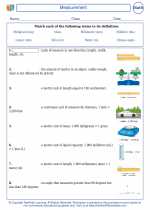
 Vocabulary/Answer key
Vocabulary/Answer key